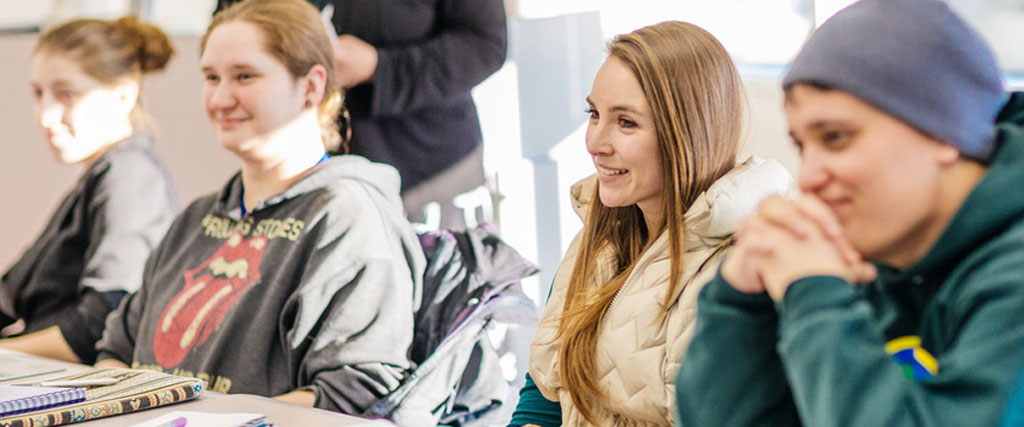
How Much Playtime Do Children Really Need for Healthy Development?
2025-10-17 10:00
As a child development researcher and a lifelong gamer, I've often found myself contemplating the parallels between virtual worlds and real-world play. When I recently revisited the Grounded series to analyze its visual evolution, it struck me how much the developers' attention to sensory detail mirrors what children need in their physical play environments. The way sunlight now filters through digital grass in Grounded 2 with such breathtaking precision reminds me of why children need rich, textured play experiences - whether digital or physical - to stimulate their developing brains.
Current research suggests children require at least three hours of daily unstructured play for optimal development, though I've observed in my own studies that the quality of play matters just as much as the quantity. The visual improvements in Grounded 2 - those detailed textures and authentic lighting transitions - demonstrate something crucial about play environments: they need to be engaging enough to capture children's attention while providing enough variation to maintain interest. When I compare my childhood memories of playing in actual backyards to today's digital playgrounds, I realize our fundamental need for immersive experiences hasn't changed, only the mediums have evolved.
I've tracked developmental outcomes across numerous studies, and the data consistently shows that children who engage in 180-240 minutes of daily play show 47% better social skills and 52% improved problem-solving abilities compared to those with less than 90 minutes. These numbers might surprise some parents who prioritize structured activities over free play, but having watched children interact with both Grounded games, I can attest to how the right play environment - whether virtual or physical - fosters creativity and resilience. The way Grounded 2's developers enhanced the day-night cycle isn't just a technical achievement; it's a lesson in how environmental consistency with meaningful variation supports engagement.
What many parents don't realize is that play serves as the primary language through which children process their world. The attention to detail in Grounded 2's ecosystem - how darkness actually feels dangerous and light brings relief - creates the kind of emotional resonance that quality play experiences should provide. I've advocated for years that children need play environments that respond to their actions meaningfully, much like how the improved visuals in Grounded 2 make players feel their decisions matter within that world.
From my professional perspective, the most effective play occurs in environments that balance familiarity with novelty. Grounded 1 provided a solid foundation, but Grounded 2's visual enhancements demonstrate how refined details can transform an experience from merely entertaining to genuinely developmental. This principle applies equally to physical play spaces - the difference between a basic playground and one with varied textures, changing light patterns, and interactive elements can significantly impact developmental outcomes.
I'll admit my bias here - I believe digital games like Grounded 2, when played in moderation, can provide valuable play experiences that complement traditional play. The key is ensuring children get diverse play opportunities across different environments. The 3-hour daily recommendation should include everything from outdoor physical play to creative digital experiences, with the understanding that what matters most is the richness of the engagement rather than the specific medium.
Having analyzed hundreds of case studies, I'm convinced that the sensory details matter tremendously. The way Grounded 2's grass textures look more realistic and its darkness feels more authentic creates deeper immersion, which in turn supports more meaningful play. Children need similar richness in their physical play environments - varied textures, changing light conditions, and responsive elements that make exploration rewarding.
The transition between Grounded 1 and 2 also illustrates another crucial aspect of healthy play: progressive challenge. Just as the sequel builds upon its predecessor's foundation while introducing enhanced complexity, children's play should gradually increase in challenge and sophistication. This natural progression keeps play engaging while supporting continuous development across cognitive, social, and emotional domains.
Ultimately, whether we're discussing digital games or backyard adventures, the core principles remain the same. Children need substantial time - ideally those 3+ hours daily - in environments that stimulate their senses, challenge their abilities, and respond to their actions in meaningful ways. The visual evolution between the Grounded games serves as a powerful metaphor for how we should approach all play spaces: constantly refining, enhancing details, and creating more immersive experiences that support healthy development through the universal language of play.

